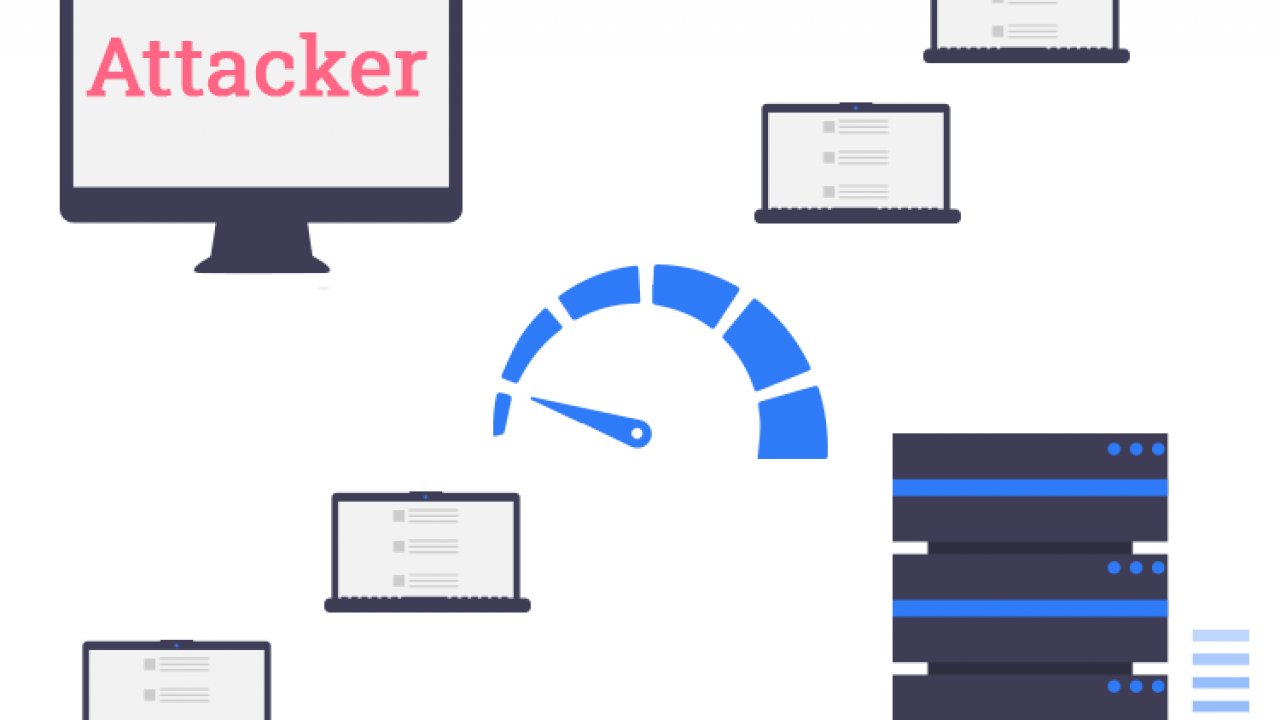

Either way, the host system continues to wait for acknowledgement for each of the requests, binding resources until no new connections can be made, and ultimately resulting in denial of service.Ī ping of death (“POD”) attack involves the attacker sending multiple malformed or malicious pings to a computer. In a SYN flood scenario, the requester sends multiple SYN requests, but either does not respond to the host’s SYN-ACK response, or sends the SYN requests from a spoofed IP address. This type of attack can consume both outgoing and incoming bandwidth, since the victim’s servers will often attempt to respond with ICMP Echo Reply packets, resulting a significant overall system slowdown.Ī SYN flood DDoS attack exploits a known weakness in the TCP connection sequence (the “three-way handshake”), wherein a SYN request to initiate a TCP connection with a host must be answered by a SYN-ACK response from that host, and then confirmed by an ACK response from the requester. Similar in principle to the UDP flood attack, an ICMP flood overwhelms the target resource with ICMP Echo Request (ping) packets, generally sending packets as fast as possible without waiting for replies.

This process saps host resources, which can ultimately lead to inaccessibility. This causes the host to repeatedly check for the application listening at that port, and (when no application is found) reply with an ICMP ‘Destination Unreachable’ packet. The goal of the attack is to flood random ports on a remote host. Some of the most commonly used DDoS attack types include:Ī UDP flood, by definition, is any DDoS attack that floods a target with User Datagram Protocol (UDP) packets.

Comprised of seemingly legitimate and innocent requests, the goal of these attacks is to crash the web server, and the magnitude is measured in Requests per second (Rps).
What layer does slowloris attack windows#
Includes low-and-slow attacks, GET/POST floods, attacks that target Apache, Windows or OpenBSD vulnerabilities and more.


 0 kommentar(er)
0 kommentar(er)
